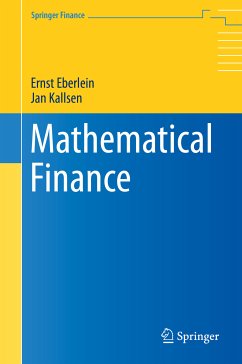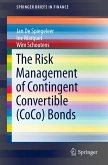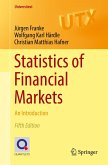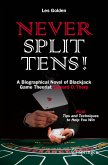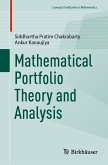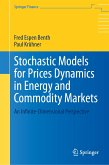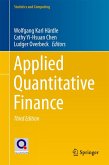Most textbooks on the subject are limited to diffusion-type models which cannot easily account for sudden price movements. Such abrupt changes, however, can often be observed in real markets. At the same time, purely discontinuous processes lead to a much wider variety of flexible and tractable models. This explains why processes with jumps have become an established tool in the statistics and mathematics of finance.
Graduate students, researchers as well as practitioners will benefit from this monograph.
Dieser Download kann aus rechtlichen Gründen nur mit Rechnungsadresse in A, B, BG, CY, CZ, D, DK, EW, E, FIN, F, GR, HR, H, IRL, I, LT, L, LR, M, NL, PL, P, R, S, SLO, SK ausgeliefert werden.

